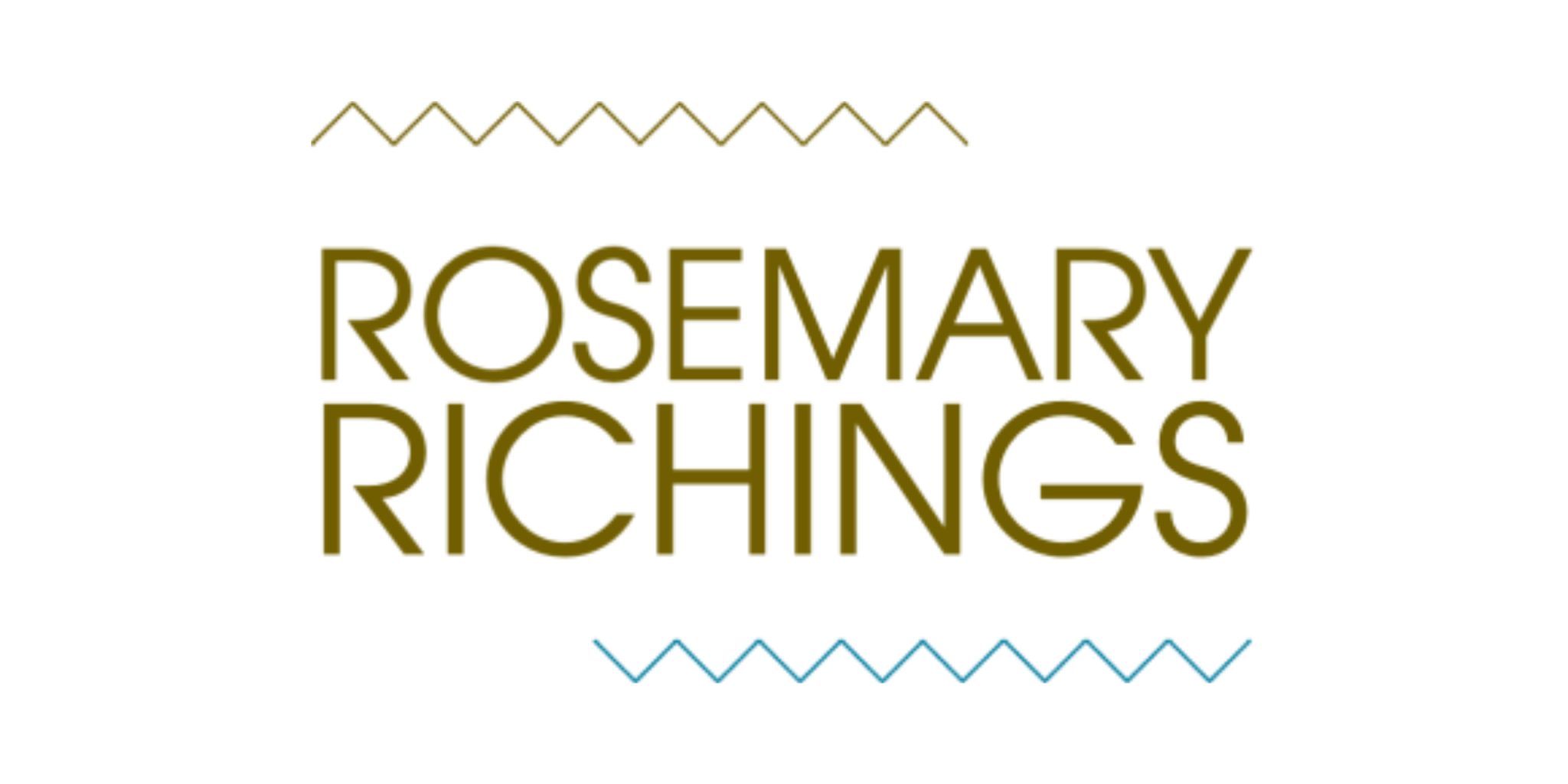After careful consideration, I’m switching to a bi-weekly publishing schedule, and will no longer be releasing weekly blog posts. More likely than not, you’re probably assuming that it has something to do with the fact that I’m still a solopreneur. And you’re not exactly wrong. Because I also help people with their blogs, coming up with new content every week isn’t always easy. However, that’s only one of many reasons why I’m doing this.
But above all else, I’m shifting to bi-weekly content to reflect my shifting priorities
One of the biggest things in my personal life that made this necessary: I’m only just learning how to live with chronic back pain. On my good days, there’s either no pain or the pain goes away quickly on its own. And on my bad days, the pain is overwhelming, and I have an unusually low level of energy. Because those bad days still happen sometimes, I realized that changes had to happen in all aspects of my lifestyle, including my business. That’s exactly why I wanted to share what switching to bi-weekly means for my blog and business long-term. Perhaps, you can learn something from it, if the idea of switching to bi-weekly seems appealing to you.
1) Switching to bi-weekly= more quality
A great example of this: what happened with my podcast. The problem with the podcast? It created an unnecessary amount of pressure. Because I had to do everything including:
- Recording episodes
- Screening guests
- Writing show notes
- And editing episodes every week.
At the same time, I was already managing clients and my blog. And all of that was a weekly commitment. So, I had two choices:
- Keep producing new material every week for consistency’s sake. The risk of that was terrible. Because I was putting the quality at risk.
- Or put it on hold until I knew exactly what I was going to do with it in the future.
Because switching to bi-weekly helped prevent the following issues…
With my podcast, sound quality and the ramblings of the episodes varied widely, because I was doing way too much myself.
Not to mention, I was promoting it as much as I could, and getting some listeners, but it was a fun passion project rather than a source of business. So, I stopped producing episodes for a while, and people continued to listen in to past episodes. That’s when I said to myself:
I’ll call it quits for now, but this probably isn’t the permanant end of this podcast.
Then, I thought it over a bit and realized that this was a risk I wasn’t willing to take with my blog
My emotional attachment to my blog is stronger. Because it’s something I grew from nothing. It also went through dramatic shifts and changes for a decade before it became what it is now. Around that time, I was starting to have a lot of conversations with past and prospective clients about their 2020 content plans.
So, this got me thinking seriously about my plans. I took a week off from producing new content, and thought:
I’ve got this…my solution is bi-weekly content!
That way, I could continuously keep new stuff in the pipeline pressure-free.
2) Because switching to bi-weekly created less pressure, and more personal content
This past week, Yolanda McAdam asked me to participate in her roundup post on lessons learned in 2019 that she’s developing for the Suite 532 blog. And something that came up was my desire to shift towards content with a more personal look and feel.
With weekly content, that was a little harder because of the pressure to publish new stuff every week on the same day and time.
However, with stuff like my new, once a month Medium Digest-based content sticking to a more personal, raw look and feel felt effortless. Because I had more time to tell my own story. And because it was my own story, it was my most popular content.
Suddenly, my articles were featured in Medium editor’s choice compilations, which show up on the home page when people with Medium Digest accounts are signed in.
Because so many of my articles were featured in editor/ curator’s choice lists, I realized that less often can have a huge impact.
3) Switching to bi-weekly content creates more time for promoting blog posts
One of the most underestimated parts of blogging: how you promote your content.
Although I know that, I have my business to think about as well. So I always feel like there’s more I can do to make the reach of my content even better. By having an extra week to develop new content, I’m opening doors for that to work. I tested this out, during a week of heavy travel by not publishing content for two weeks.
During that break, I posted in all the same weekly promo threads, and my social media applications automatically shared content I’ve already published.
Thanks to one of those promo threads, I had a nice boost in reader numbers. Because the person who runs one of the Facebook threads decided to share my blog post in their weekly newsletter.
If I didn’t have that extra time, I would be too focused on promoting the post of the week for that to happen.
But here’s what you need to know about switching to bi-weekly…
Changing how often you publish new content only makes sense if you intend to switch to that schedule and stick to it. I have also been blogging both for myself and other people for ten years.
So, Google already has lots of material to work with. That’s exactly why bi-weekly and monthly publishing schedules make the most sense when you already have a strong and established web presence.
So if you’re a new blogger you might want to post weekly early on to give the web crawlers some time to index your content. You can always switch to a new schedule. Because consistency is what’s important.
Stay tuned for new content, on the same day and time, in two weeks.
PS: New articles are published bi-weekly on Mondays. Browse more posts:
50+ B2B articles →
100+ writer-to-writer articles →




